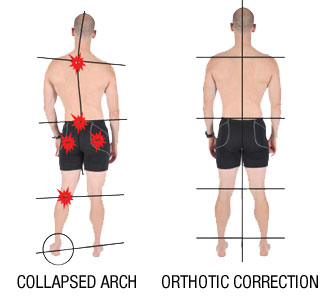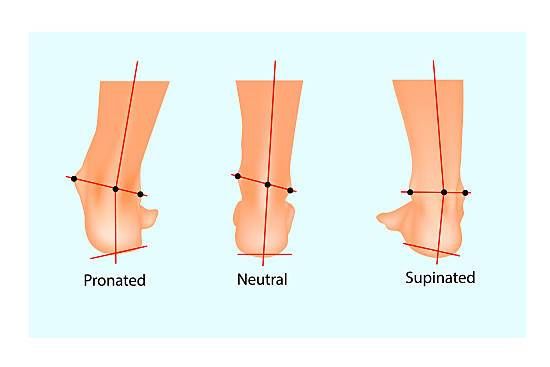Too little or too much foot rotation may increase the risk of injury.
Lorem ipsum dolor sit amet, consectetur adipiscing elit. Ut elit tellus, luctus nec ullamcorper mattis, pulvinar dapibus leo.
Pronation is the natural motion of your foot during walking and running. Your gait can show a pattern of neutral pronation, overpronation, or supination (underpronation). The stresses of overpronating or supinating have been linked to a greater risk of injuries.
Supination and pronation in the foot are terms used to describe the mechanics of how you stand, walk, and run. Ideally, your weight should be balanced on your feet as you move. Your feet shouldn’t lean in (pronation) or out (supination).
In a proper stride, your foot should roll forward from heel to toe. Your pronation should be neutral.
Looking at the back of your foot and leg, your heel, ankle, and knee should form a straight line.
Excess pronation
Excess pronation, or overpronation, means that as you walk, your foot rolls toward the inside and your arch tends to flatten out. Your shoe will show uneven wear on the inside part of the sole.
Overpronation is more common than underpronation.
If you overpronate, you may develop pain in your:
arch
ankle
heel
shin
knee
hip
back
Supination (Underpronation)
Supination is a rolling motion to the outside edge of the foot during a step. The foot naturally supinates during the toe-off stage of your stride as the heel first lifts off the ground, providing leverage to help roll off the toes.
However, with supination, the foot does not pronate enough at the toe-off stage. This results in all of the work being done by the outer edge of the foot and smaller toes, placing extra stress on the foot. Supination is seen more often in people with high, rigid arches that don’t flatten enough during a stride.
Supination can be associated with running injuries such as ankle injury, iliotibial band syndrome, Achilles tendonitis, and plantar fasciitis.
These imbalances in the body can be caused by pronation and supination of the foot.

These instabilities can lead to conditions such as plantar fasciitis, knee pain, hip pain, back pain, and neck pain.
Ninety-nine percent of feet are normal at birth. But problems develop quickly. By the first year, 8% develop foot troubles, and that number jumps to 41% at age 5 and 80% by age 20. By age 40, nearly everyone has a foot condition of some sort. Many foot conditions eventually contribute to health concerns farther up the Kinetic Chain, especially the generalized condition of “back pain” or of course runner’s knee. Spotting a potential problem originating in the feet can prevent other injuries from affecting a patient’s health and/or lifestyle.
In my clinic over the years, I can say without a shadow of a doubt that patients whom I have treated after having knee or hip surgery have all shown some level of deformity of the feet, especially FLAT FOOT.
For me this is not a coincidence, actually, I will go as far as to say that most patients I have seen who have had hip replacement surgery have shown deformity of the feet also.
In most cases, the patients have had flat feet or fallen arches, in other words, flat feet cause overpronation of the feet which put added stress on the ankle, knee, and hip joints.
These causing problems in these areas and if these areas are stressed it’s only a matter of time before you will start getting back pain and sciatica symptoms.
For me, the best way to eliminate this pain and reduce the risks of surgery are orthotics, which essentially are foot supports designed to reduce the stress on the foot caused by Flat feet.
The most important aspect of orthotic arch supports is the strength at the arch and the heel, these areas must be well supported and strong to help correct the over-pronation and reduce the stress on the joints.
This is why most orthotics don’t work because essentially there is not enough support under the foot, so please don’t waste your time and money on an orthotic that will not offer enough support.
Think of your feet as being like a very highly specialized piece of engineering, like a car for example. if the tires were not properly balanced or one of them was underinflated.
Download Your Free Ebook
Better Movement Challenge


